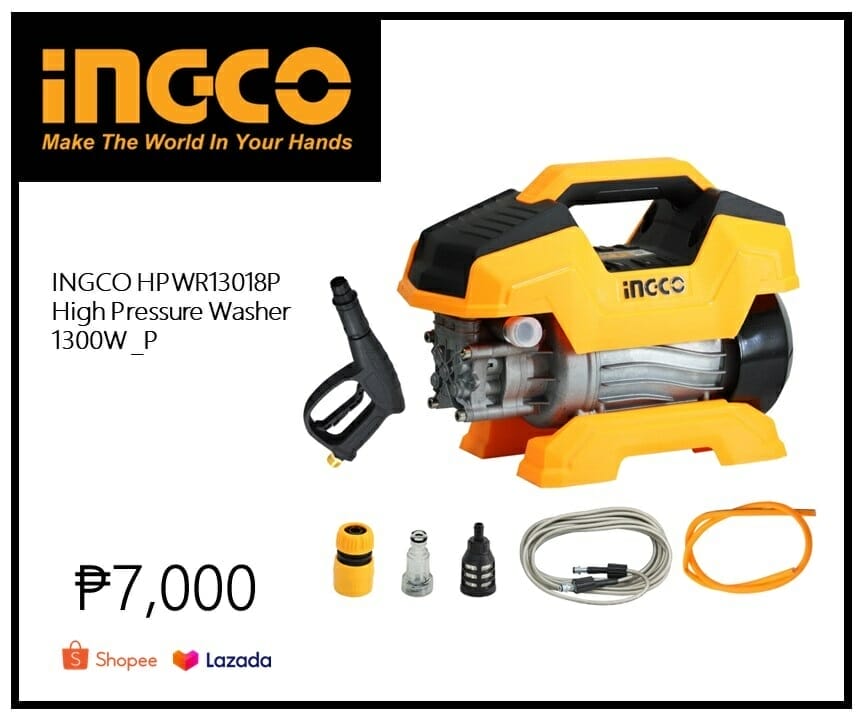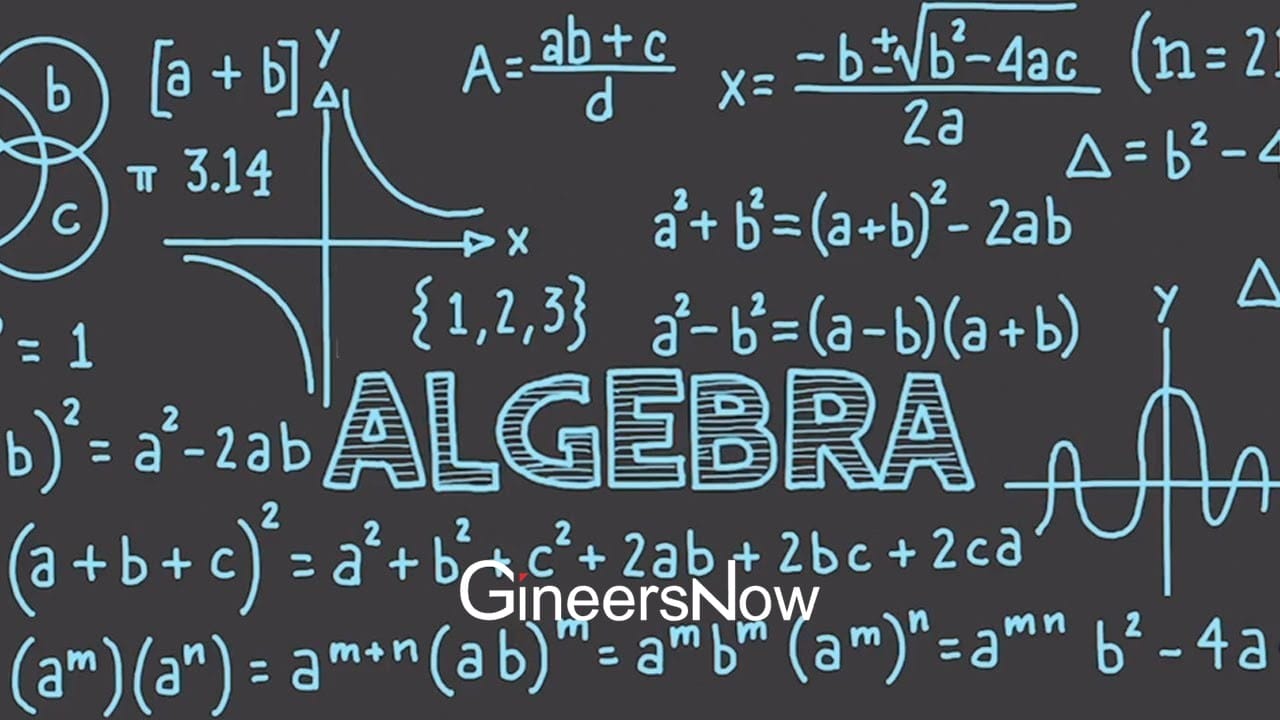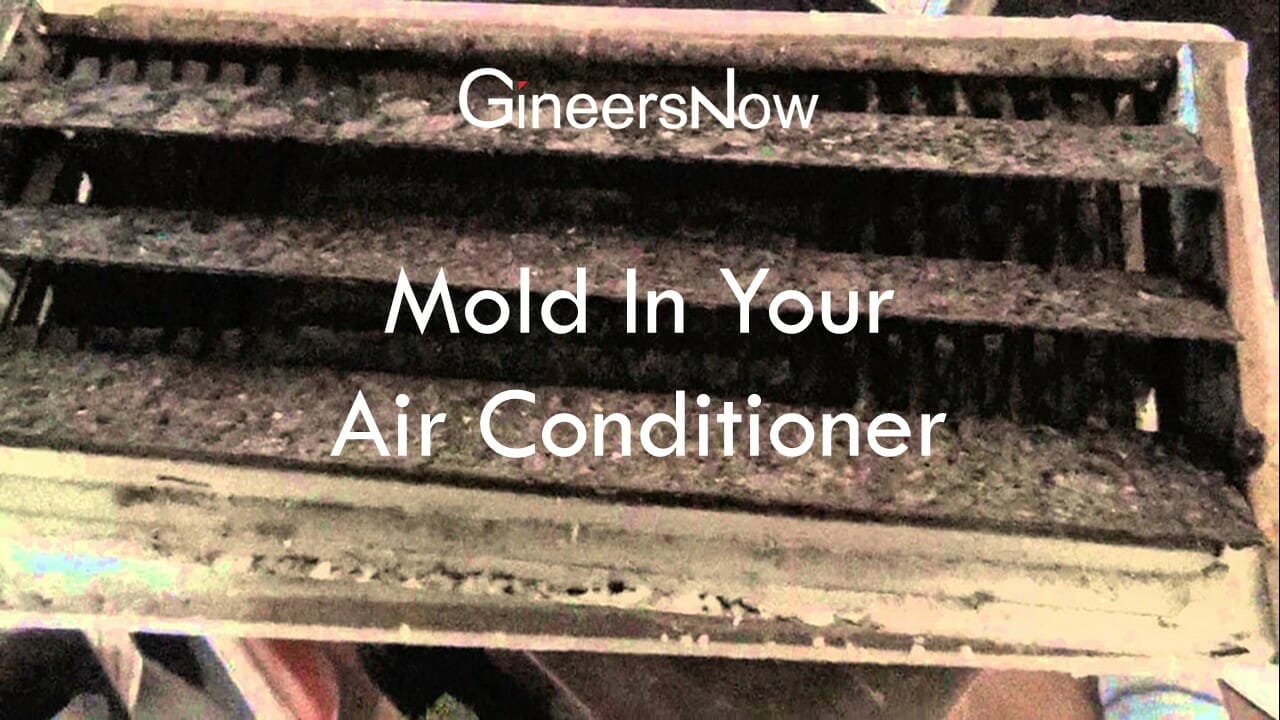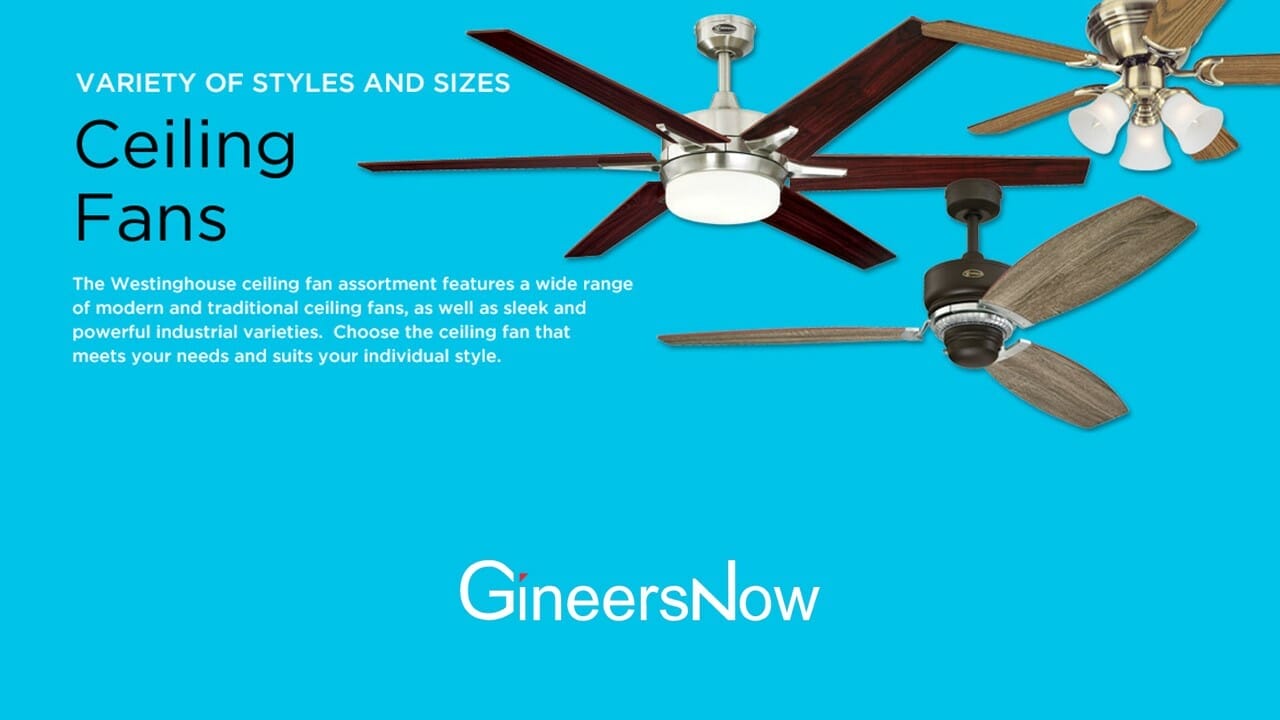Seeking climate control relief from utility bills soaring alongside summer temperatures? Consider heat pumps – the emerging all-in-one heating and cooling systems harnessing clever refrigeration physics for enhanced efficiency. Weighing installation costs spanning necessary equipment, labor, permits, and home infrastructure adaptations helps determine affordability, improving long-term household energy economics through upgraded technology.
Understanding Heat Pumps: How They Work
Heat pumps utilize unique refrigerant compounds with ideal pressure-temperature properties, allowing phase shifting between liquid and gas states when compressed or expanded. By reversing the thermochemical process, ambient warmth can be directed inward for heating or outward for cooling conditioned spaces using the same equipment.
Heat Extraction
During summer’s cooling mode, liquid refrigerant passes through indoor evaporator coils, absorbing heat from circulating air and creating gas, which compresses the rising temperature. Hot gas dissipates thermal energy into external environments through condenser coils, converting it back into fluid when the pressure drops.
Heat Release
In winter, the heat pump system reverses its cycle to provide indoor heating. Cold liquid refrigerant outside absorbs ambient heat from freezing external air. This occurs due to the unique thermal properties of the refrigerant chemical compound. The refrigerant accumulates the absorbed environmental warmth as it is compressed into a hot gas, which carries the heat energy indoors. It disperses through evaporator coils into the home’s air circulation ducts, releasing warmth. This provides comfortable, even heating inside while saving substantially more energy compared to traditional fossil fuel furnaces.
Variable Output Modulation
Sophisticated onboard electronics perpetually optimize refrigerant pressures to suit current household needs rather than simply toggling between extremes and struggling to maintain moderate settings. This prevents overheating or overcooling effects through precision load alignment capabilities that minimize wasted electrical consumption, benefiting owners financially.
Benefits of Installing a Heat Pump
Upgrading from stand-alone furnaces and AC units to integrated electric pump systems makes increasing utility bill sense:
Energy Efficiency
Heat pumps utilize 100% of input electricity, moving existing environmental thermal energy rather than directly generating heat through combustion. Avoiding flue losses alongside electronics and optimizing compressor speeds to seasonal loads dramatically lowers consumption, providing the same comfort.
Versatility
Modern heat pumps air condition homes in summer just like stand-alone AC units, but they also provide ample winter warmth down to subzero outdoor temperatures via refrigerant physics. Their diverse functioning condenses existing separate equipment into a single unified solution.
Environmental Sustainability
Avoiding onsite fossil fuel combustion, along with related exhaust particulates and carbon emissions, benefits local air quality and public health while reducing household greenhouse gas impacts through the adoption of integrated electrical technology, leveraging green power grid improvements over time.
Quiet Operation
Insulated ducting alongside improved fan blade engineering conveys heating and cooling airflow quietly matching noise levels the public expects from modern laundry appliances. Gone are the days of noisy airflow leaks or vibration rattles disturbing relaxation.
Longevity and Reliability
Quality-installed heat pump systems operate reliably for over 15-20 years thanks to durable sealed components that resist corrosion or leaks that otherwise affect older refrigerant technologies. Their exceptional lifespans save money in the long term.
Gaining these upgrades requires weighing fair installation pricing, necessary equipment, and custom labor considerations to make households comfortable and affordable over years of future reliability.

Factors Influencing Installation Costs
Several factors affect budgeting and expertise requirements, which combine to determine heat pump system pricing. Some of the factors that influence the cost to install a heat pump include:
Type of Heat Pump
Ground-source heat pumps utilizing subsurface warmth stability for heating and cooling cost 50-100% more upfront, given excavation needs, but provide unmatched efficiency from leveraging ideal subterranean temperatures. Air-based units utilize existing ductwork, modifying structures less.
System Size
Equipment output ratings must balance household square footage, occupancy, and insulation values appropriately without excessive strain, shortening component lifespans from overwork or wasting money scaling too large, vaguely allowing future expansion flexibility never realized.
Site Conditions
Home age factors like sufficient electrical amperage, aging duct integrity requiring inspection, and asbestos risks contribute to pricing variables independent of core system costs. Consider complete site evaluations.
Labor Costs
Given specialized expertise connecting pressurized refrigerant piping seamlessly alongside handling legal regulatory compliance for chemical containment protocols, certified technicians demand salary premiums reflecting skill requirements closing supply gaps as geothermal and air source heat pumps gain adoption nationwide recently.
Additional Components
Separate part costs, such as upgrading electrical panels or circuit loads to meet equipment power transmission needs, altering structural elements interfering with placements, pouring new foundation pads at optimized exterior condenser positioning, or reconfiguring preexisting furnace flues, stack up rapidly.
Careful inspection by reputable area contractors like Watkins Heating & Cooling considers all upgrade complexity, determining pricing suitability and substantially improving home energy efficiency over the long run.
Types of Heat Pump Systems
While heat pump technology universally utilizes vapor compression, shifting environmental thermal energy into indoor comfort zones through refrigerant phase change physics, a few system arrangement flavors exist:
Air-Source Heat Pumps (ASHP)
The most popular configuration exchanges warmth between home-forced air ducts and external atmospheres based on heating or cooling requirements. This familiar approach minimizes installation modifications leveraging existing HVAC infrastructure.
Ground-Source Heat Pumps (GSHP)
By circulating refrigerant instead through pipes buried subterranean, where temperatures remain stable annually, GSHPs gain efficiency from the reliable warmth sink/source location needing minimal seasonal performance variance. However, costs increase.
Water-Source Heat Pumps (WSHP)
Like ground-loop models, water-based systems utilize nearby ponds, rivers, or wells as heat sources or sinks, depending on the operational mode. This simplifies digging but adds considerable piping complexity carrying risks should water fouling occur.
Ductless Mini-Split Heat Pumps
For additions lacking existing forced air handling ductwork, mini-split pumps provide zonal solutions allowing flexible room-by-room sizing aligning with budgets and heating/cooling priorities. Multiple condenser/evaporator pairs link to single exterior compressors.
Now that we have covered the broad heat pump landscape, examine top considerations to ensure installation optimization effectiveness.
Considerations for Installing a Heat Pump
Beyond upfront unit purchase and installation pricing, pay attention to these often overlooked essentials ensuring satisfaction:
Site Evaluation
A thorough site analysis considers home insulation levels, air tightness measurements and framing complications impacting project labor timelines and condenser/evaporator unit placement decisions. Hire only quality-conscious HVAC contractors.
System Sizing
Heat pump capacities balance room dimensions against window efficiency ratings and occupancy levels, avoiding inefficient oversized equipment. Periodic manual thermostat setpoint adjustment may accommodate shifts until future replacement.
Installation Quality
Refrigerant charging and equipment calibration profoundly impact ultimate heating/cooling delivery and electric bills monthly. Only employ certified installation technicians handling initial commissioning and future maintenance for assured system health.
Maintenance and Servicing
Like vehicle engines, periodic upkeep through tune-ups and filter cleanings reduces premature breakdown risks while validating efficient operation during qualified technician biannual maintenance saving occupants substantially over reactive repairs after failures cascade unexpectedly.
Gaining enhanced insight into all facets of project complexity allows consumers to determine suitable heat pump upgrade affordability, improving seasonal comfort and budgets sustainably.
Breakdown of Installation Costs
When budgeting for heat pump investment, unpacking all facets of pricing provides a realistic understanding full modernization costs involved:
Equipment Costs
The primary budget majority covers the physical heat pump unit itself with higher efficiency and capacity ratings spanning a wider dollar range coupled with supplementary installation accessories adding up incrementally. Expect averages between $5,000 to $15,000 depending on complexity.
Labor Costs
Skilled tradesmen’s salaries accumulate hours spent assessing sites, fabricating custom refrigerant piping routes, fastening units, integrating electrical connections appropriately, commissioning appliances, and handling permitting paperwork alongside compliance filings across municipalities. The average is $70 hourly.
Materials and Supplies
Miscellaneous consumable fittings, wiring, concrete pads, ductwork adapters, and insulation improve system effectiveness and structural integrity. The parts and quantities vary situationally. Allocate several hundred dollars additionally.
Permits and Fees
Local governments require paperwork submissions and inspections at multiple project milestones to ensure protocol compliance. These administrative fees, based on regional ordinances and equipment scales, typically add a few hundred dollars.
Site Preparation and Cleanup
Surface restorations, flue modifications if present, temporary electrical hookups during work phases, and everyday construction cleanliness carry open-ended potential costs incorporated within professional bid estimates, accounting for the home’s uniqueness.
Understanding all upgrade pricing complexities allows homeowners to determine appropriate heat pump investments, securing household climates and budgets decades into the future victoriously.
Conclusion
Upgrading home HVAC systems is no small investment, but heat pumps provide increased energy efficiency, heating/cooling versatility, and environmental benefits lasting decades when properly installed. While upfront budgeting should account for equipment needs, labor, permits, and site conditions impacting project costs, which vary by household, heat pumps make excellent replacements as aging furnaces and AC units near replacement timing. By understanding the complete pricing picture, including factors like tax incentives and supplemental electrical upgrades, homeowners weigh optimal climate control affordability through upgraded technology, benefiting budgets substantially over years of reliable service. Consult all cost considerations and work with reputable area HVAC experts planning installations for maximized savings.









